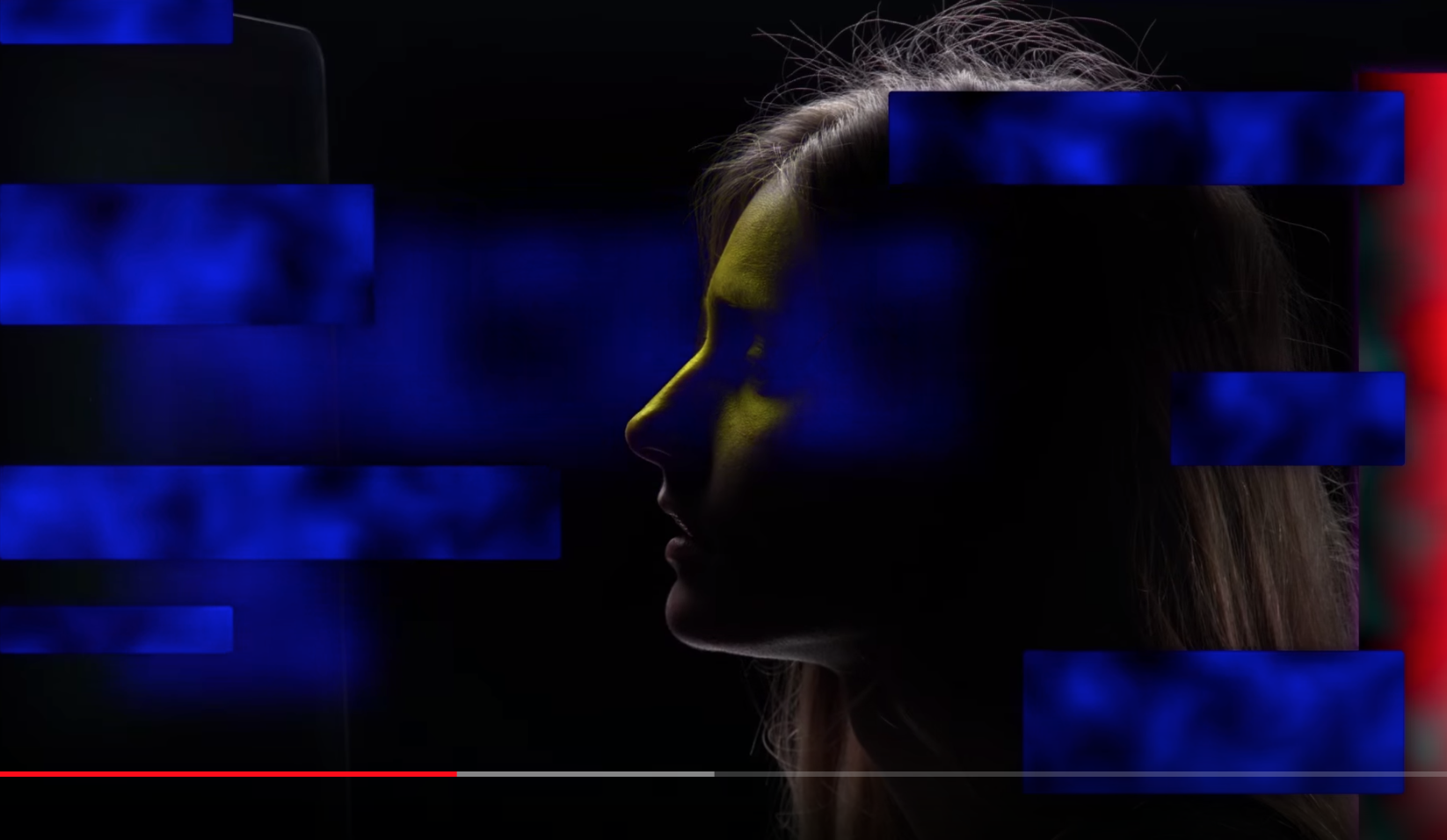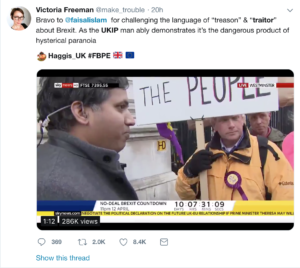
What does infrastructure institute? One thing that can be said today is that it is possible to believe in anything, to trust nothing (but what one believes), and that Politics is increasingly seen as impotent in the face of large infrastructural issues (Fake news, social media, Brexit, Climate change, etc.).
I’d suggest that this has to do with the specifically neoliberal variant of global infrastructural development that has accompanied the post-War and post-colonial period. With its fantasies of “seamless interoperability,” (Rossiter, 2017, xvii) at the conceptual level and — at a structural level — the structural results of the realisation of the “prospect of ‘imperial unity'” (Rossiter, 2017, 155) for the colonial powers who laid the telegraphic foundations of contemporary infrastructure, the infrastructural world materialises an emptied, though incredibly robust, shell through which Politics can also be emptied in favour of brute materiality, management and calculation. Politics as discourse on values, etc., continues, but takes place detached from the material realties of and of life within this shell.
This “shell” is arguably the substrate for what Will Davies calls “the disenchantment of politics by economics,” (Davies, The Limits of Neoliberalism, 2017, 14) in which economic reason and calculation comes to be the basis of all political, moral and social judgements in the “state (and various other social and political institutions).” (Davies, 2017, 27) This is not say that economics is fully collapsed into all other life, but that neoliberalism constitutes both the infrastructure and corresponding ideological formation of the subject for its economic programme, but that these are not the same thing. To draw on Rossiter, neoliberalism is precisely the management of the relationship between macro and micro scales. “In order to make intelligible the patterns of global neoliberalism, one must attend critically to the peculiarities of subnational scales (the micro dimension) and weigh these against international forces (the macro dimension).” (2006, 27–28) As a colleague of Rossiter’s, Angela Mitropoulos puts it, this should be scaled right down to the intimate, bodily, level. (Mitropoulos, 2012) But to what extent though can we explore how far these material and conceptual conditions of infrastructure extend into the cultural and political imaginary?
I want to set this in the context of a so-called post-truth, post-trust, cultural environment — which, despite the claims to accountability and transparency that come with economics of calculations — is increasingly used to characterise the current cultural and political moment. To set the scene a bit, just for instance, we can look too:
- Metahaven’s 2016 film, The Sprawl, see on YouTube: https://youtu.be/Bs7NFbE2NS8; http://sprawl.space/
- Faizal Islam taking a UKIP supporter to task outside of 10 Downing Street for shouting “Traitor” at Theresa May. https://twitter.com/TheNewEuropean/status/1113091510931767296

- The Puppet Master, a documentary on Vladislav Surkov, the alleged architecture of Russia’s campaign of disruption of Western institutions. https://www.bbc.co.uk/programmes/m0003js6
- And the BBC’s diminishing authority: https://www.theguardian.com/media/2019/mar/28/bbc-must-stand-up-for-impartiality-says-director-general
The individuation of subjects and evacuation of politics to all but a supporting (economic) infrastructure — which is increasingly, and selectively entangled with platform economics and rationalities (SaaS, UK’s Digital Twin, Alibaba, Social Media as news platforms and so on) — arguably creates the perfect space or vacuum for hyper-polarized, unmediatable disputes, differences, and internal fragmentation. That is, the indifference of infrastructure to the ‘what’ of content — just that it conforms to processing (to adapt Arendt, in Berry, Art and (bare) Life, 2018, 87) — creates the possibility in which infinite user-based or user-group-based realities can be supported and further individuated. Even if these pertain infrastructural conditions, those conditions resist the realisation of a political process, simply because they exceed or disallow them at the level of procedure: either routing around politics or neutralising them (see Rossiter, 2017, 162). The attempts to negotiate political decisions against the procedural, legal, infrastructure of the EU in the Brexit talks are a key example of the foreclosure. (see: https://www.bbc.co.uk/iplayer/episode/m0003xpv/select-committees-exiting-the-eu-committee)
Of course the vertical power expressed through remaining institutions including the state (Rossiter, 2017, 156), or through vertical infrastructural arrangements (Bratton, The Stack, 2015; Gielen, Institutional Attitudes, 2013), creates pinch points or crossover in this issues. For instance, the aversion to considering social infrastructure within the calculus of economic infrastructure (ONS, 2017, 2018; NIC, 2018), or accounting for or funding it — as with the NHS — is a key point here. However, overall the consequential architecture here, takes shape as a shell, upon which power can sit, and within which, debate and discourse can circulate at a remove, and be managed if necessary.
Where art might then model small-scale interventions within this void these can easily be accommodated since the institution in general already has a place within ‘the infrastructural.’ More specifically, these interventions can be managed since the infrastructures of art have become increasingly entangled with those of economy. (See Andrea Philips, at Campus Alternative, Nottingham Contemporary, 28 March 2019; Suhail Malik, REALTY STATECRAFT; Victoria Ivanova, “Art’s Values: A Détente, a Grand Plié” (https://www.academia.edu/19727895/Art_s_Values_A_D%C3%A9tente_a_Grand_Pli%C3%A9)) Additionally, we can also say that contemporary art as a genre of indeterminacy (Malik), is itself infrastructural, and thus can be slotted — by virtue of its funding structures/ market dependancy; a compromising of its criticality and autonomy — into the various other infrastructure stacks implied here.
So as well as addressing the infrastructures through which it passes and is sustained, in order to affect any critique, or to work on the social space of fragmentation that define contemporary cultural infrastructures (post-truth etc.), it would appear that art must deal with the gap between its own infrastructures and those which form this political shell. It cannot however do this on its own institutional terms, and rather must develop an infrastructural practice.
To begin with I’d suggest that this concerns the creation of interfaces between infrastructures. That is a means by which to pull these infrastructures into one another, to entangle their dependencies and calculations. To again pull on Philips in her questioning of the role of alternative arts education when mainstream education needs support (Campus Alternative, Nottingham Contemporary, 28 March 2019): this would be to embed art as infrastructure into existing infrastructural scenarios, but crucially recognising and accounting for the specific competencies and capacities of the intervention site. In this sense art might be the means of intervention, not replication. To paraphrase Phillips — art or curating shouldn’t pretend it can be an alternative to a field such as education, but should support it in its specific expertise. (Here I am reminded of the work of Pantxo Ramas — see Vessel; And of Lisa Suchmann on configuration)
The multilayered nature of infrastructure means this focus on interface is crucial at many levels and in many forms — i.e., why hacking the dominant infrastructure (https://frieze.com/article/how-keller-easterling-wants-hack-migration-and-capital-flight; subtext of Metahaven, The Sprawl ) is not sufficient. Instead this production of interfaces should be working towards a multi-dimensional infrastructural redistribution, not least of the relation between models of critique (Boltanski, 2011) into which the small scale model and system-hacks / stack design seem to fall into at a surface level. This also implies the need to institute not just models, but politics of infrastructural critique.
Lastly this consideration of the interlocking of cultural, social and economic infrastructures, also sets up a timeframe that accounts for the importance of 2008, as a moment where the promise of neoliberal economic infrastructure collapsed into the materialities of social infrastructure, most notably in austerity politics — politics which intervened forcefully on the policies of the cultural industries and creativity-led policies of transformation and participation as was seen in the New Labour years. We can now see the effects of this functionalisation of the social space — if not the infrastructures — in the debates around the Arts Councils’ recent 10 year plan ‘consultation,’ where the term ‘culture’ has replaced art.